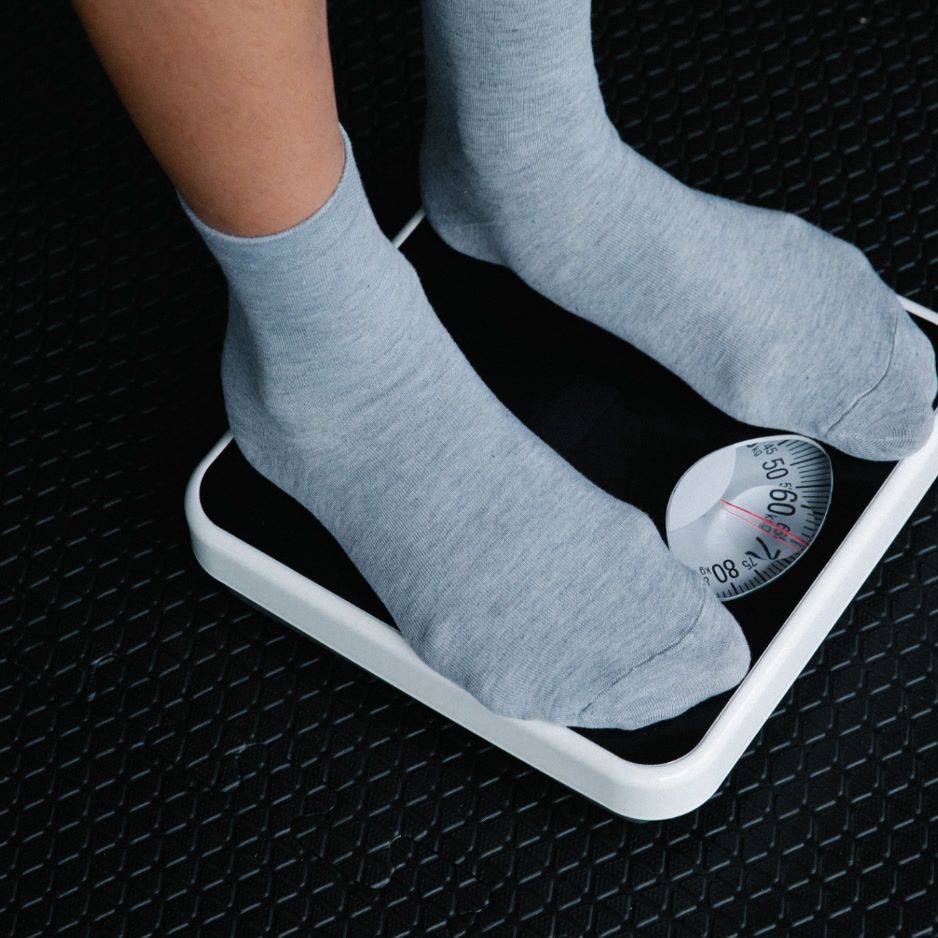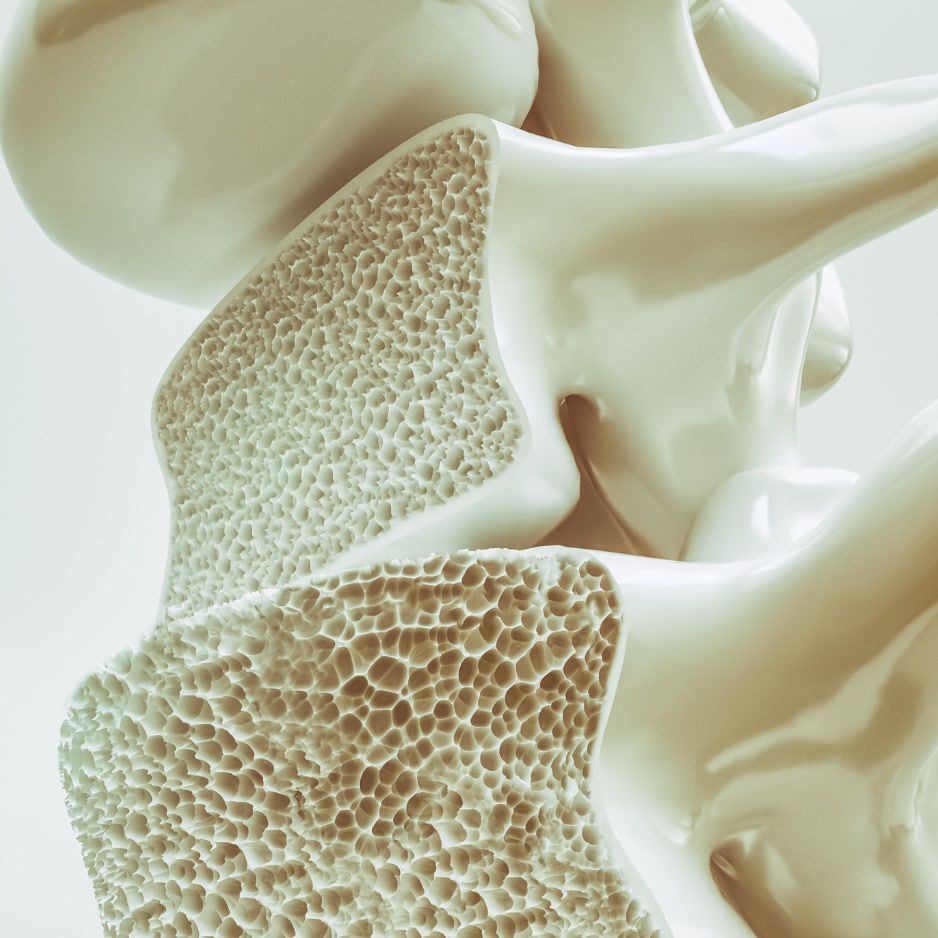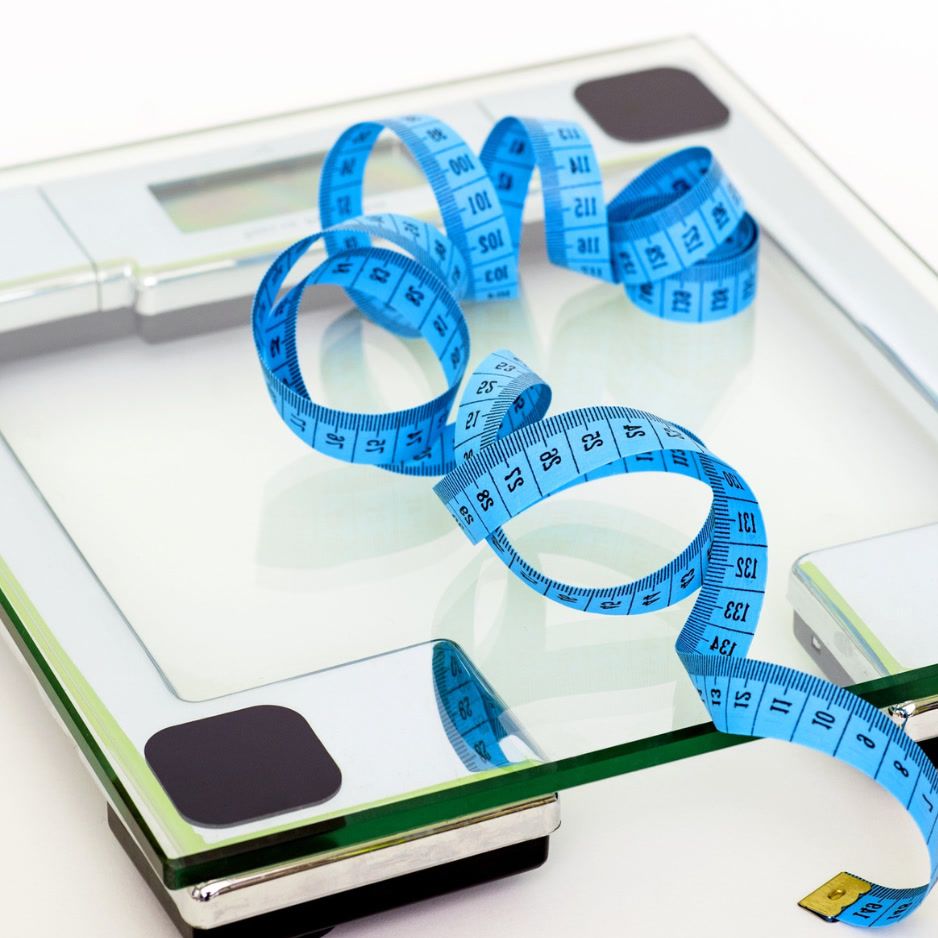Building Muscle After 50: Science-Backed Guide

Building Muscle After 50: Science-Backed Guide
Losing strength isn’t an inevitable part of getting older—it’s often a side effect of doing less. The average adult begins losing lean tissue in their mid-30s, and by 50 the decline can reach 1–2 % per year (Harvard Health). Building muscle after 50 reverses much of that slide, restoring metabolic health, preserving independence, and protecting your bones.
Studies consistently show that people in their 50s, 60s, and 70s can gain strength and hypertrophy at rates comparable to younger lifters when they pair resistance training with adequate protein and recovery (ISSN Position Stand). This guide turns that research into a unified 12-week plan you can start today.
Why Muscle Building Gets Harder After 50 (and How to Overcome the Challenges)
- Lower anabolic hormones: Testosterone, estrogen, and growth hormone naturally taper off, slowing protein synthesis.
- Slower muscle-protein synthesis: Older muscle fibers take longer to repair and grow after workouts.
- Joint wear-and-tear: Decades of mileage create aches that can discourage heavy lifting.
- Recovery debt: Sleep disruptions, medications, and chronic stress lengthen recovery windows.
You can overcome these hurdles. The key is combining resistance training with sufficient protein intake and steady progressive overload. When adults over 50 meet those criteria, they gain muscle at roughly the same relative rate as younger lifters (ISSN Position Stand).
The three pillars in the next section—training, nutrition, and recovery—provide the strategic roadmap to neutralize each of these age-related obstacles.
The Three Pillars of Successful Muscle Gain After 50
Think of your program as a three-legged stool—if any leg is missing, the whole plan wobbles. Nail these three pillars and your body will have everything it needs to build and maintain new muscle.
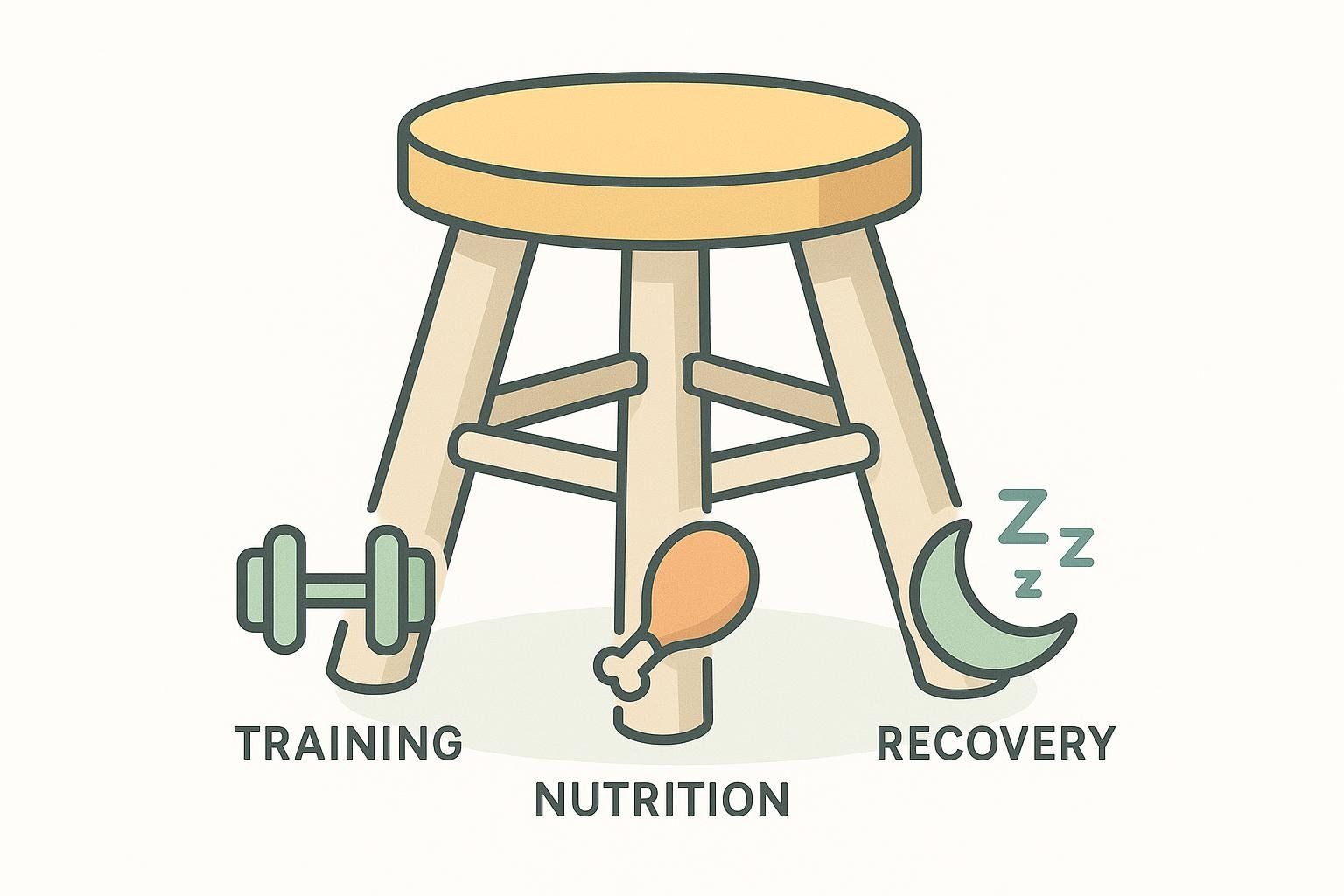
1. Smart Strength Training
The program uses a simple full-body routine performed three days per week. You’ll work through three four-week blocks that gradually shift focus from movement quality to hypertrophy to strength.
| Block | Weeks | Sets × Reps | Focus |
|---|---|---|---|
| 1 | 1–4 | 3 × 10–12 | Master technique & joint stability |
| 2 | 5–8 | 4 × 8–10 | Hypertrophy (muscle size) |
| 3 | 9–12 | 5 × 5–6 | Strength & power |
Sample Beginner Workout
Perform each exercise for the Block 1 prescription—3 sets of 10–12 controlled reps (for carries, use 30-second walks).
(Machines or bands are fine substitutes if they feel better on your joints.)
| Exercise | Key Form Cue |
|---|---|
| Goblet Squat | Keep chest up, drive through heels |
| Seated Cable Row | Squeeze shoulder blades together as you pull |
| Dumbbell Bench Press | Elbows ≈ 45° to torso |
| Romanian Deadlift | Hinge at hips with a straight back |
| Lat Pulldown | Pull bar to collarbone |
| Overhead Dumbbell Press | Brace core, keep your lower back straight |
| Farmer Carry (30 s) | Shoulders down and back, chest up |
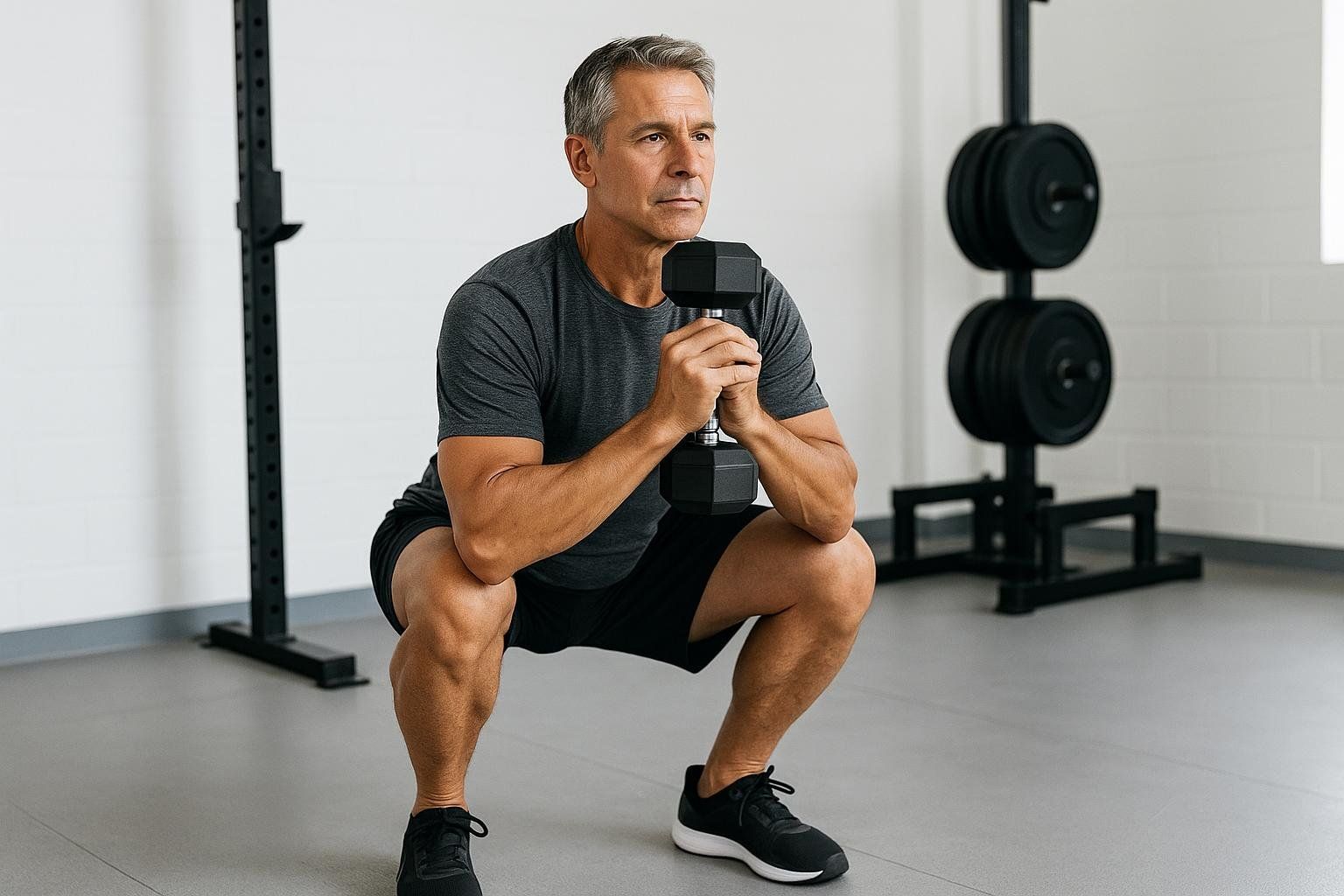
2. Protein-Forward Nutrition
Aim for 1.4–2.0 g protein per kilogram of body weight daily distributed across 3–4 meals, each providing at least 0.4 g/kg (~30–40 g) of a leucine-rich source.
| Body Weight | Daily Protein Target |
|---|---|
| 150 lb (68 kg) | 95–135 g |
| 180 lb (82 kg) | 115–165 g |
| 200 lb (91 kg) | 125–180 g |
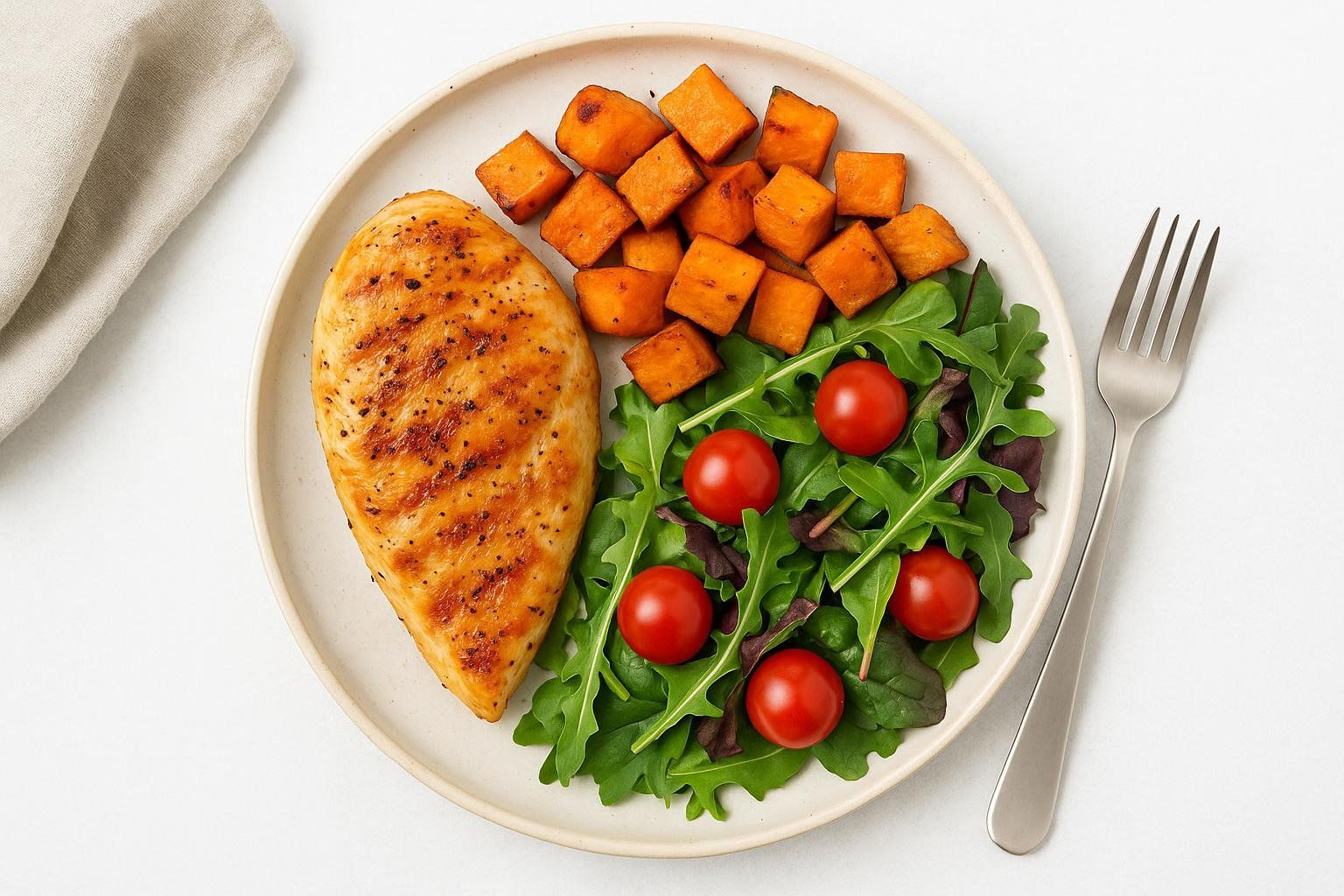
Additional tactics:
- Prioritize Produce & Fiber for gut and heart health.
- Time Carbs Around Training to drive performance.
- Hydrate Aggressively—dehydration amplifies DOMS and joint pain.
Need a refresher on macros? See The Basics of Macros.
3. Recovery & Lifestyle
- Sleep 7–9 hours—growth hormone peaks at night.
- Daily Mobility—try our 10-minute Foam Rolling Routine.
- Manage Stress—elevated cortisol competes with anabolic pathways.
- Schedule annual blood work—review vitamin D, testosterone, and other key markers with your physician and explore medically supervised options if a deficiency is detected.
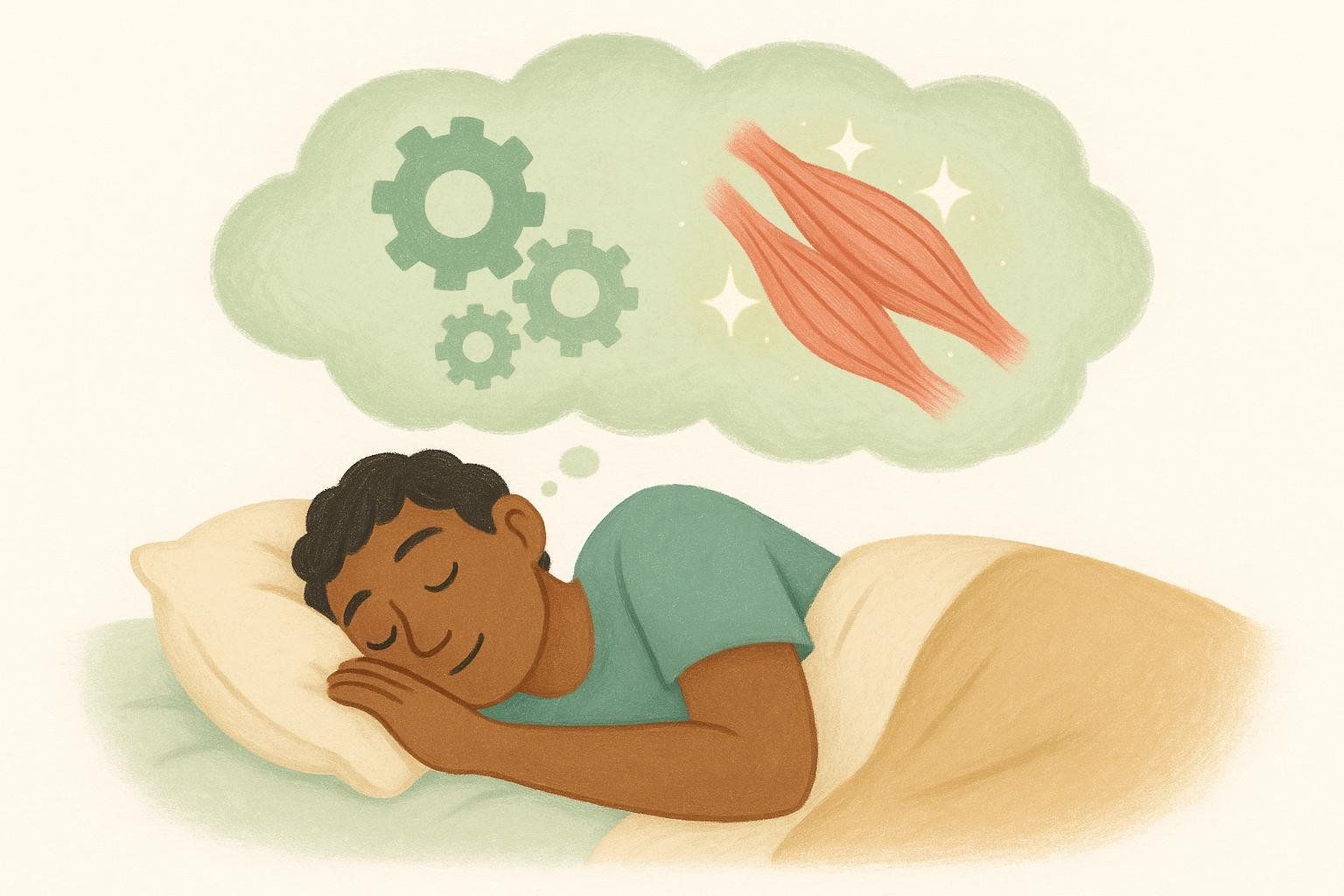
Supplements With Real Evidence
| Supplement | Evidence in 50+ Adults | Recommended Dose |
|---|---|---|
| Creatine Monohydrate | Adds lean mass & grip strength when paired with training | 3–5 g daily |
| Vitamin D₃ | Deficiency correction can improve muscle strength | 2,000–4,000 IU (blood-test guided) |
| Omega-3 (EPA/DHA) | May improve muscle protein synthesis in older adults when ≥ 2 g/day is consumed | 2–3 g combined EPA/DHA |
Skip pricey “testosterone boosters”—most lack peer-reviewed support.
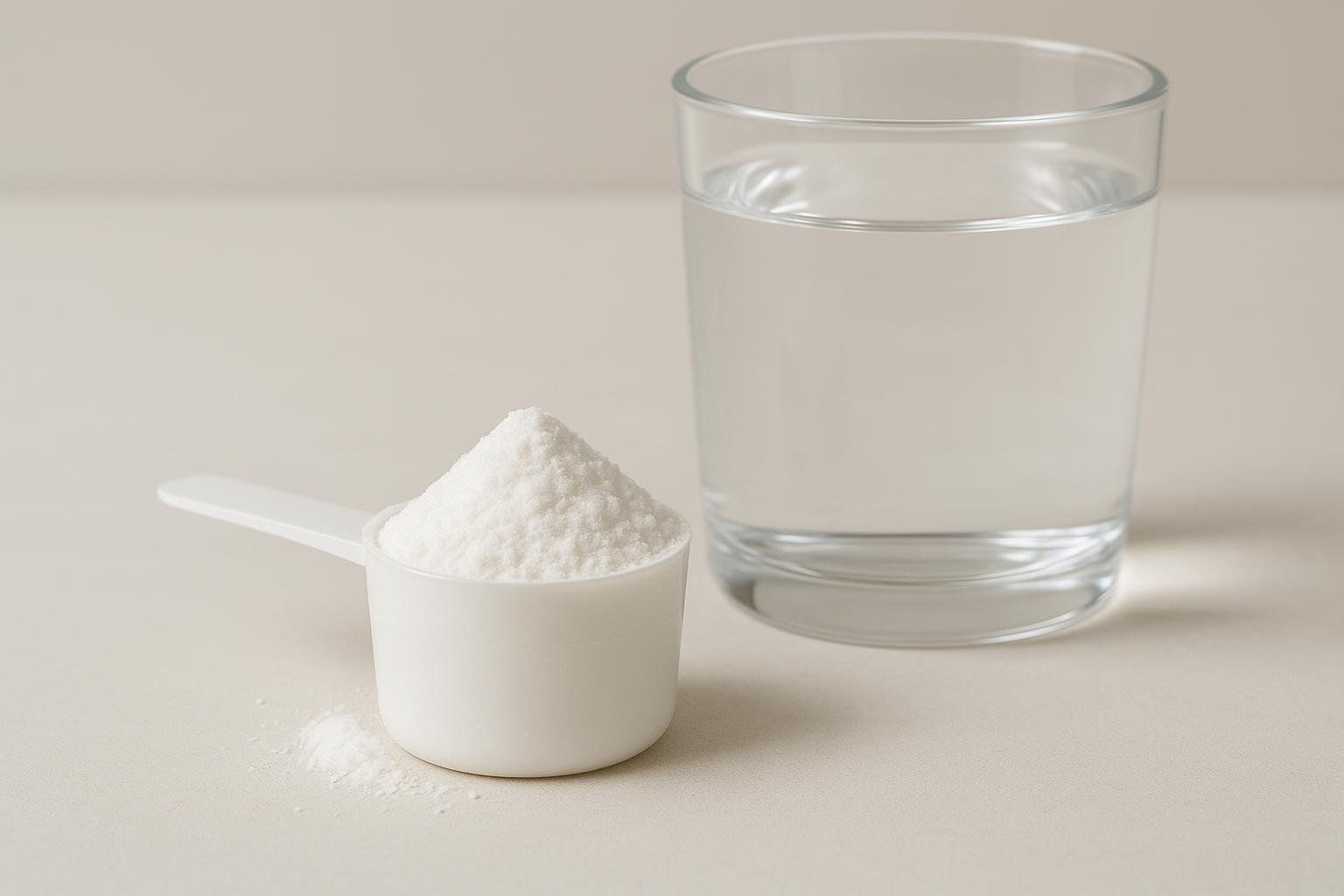
Tracking Progress the Data-Driven Way
Strength logs and mirror selfies are helpful, but nothing beats objective body-composition data. A DEXA scan quantifies fat mass, lean mass, and visceral fat. Scanning every three months validates your program and spots plateaus early. Learn more in Interpreting DEXA Scan Results.
Common Mistakes to Avoid After 50
- Program hopping—stick with one plan for at least a full 12-week cycle.
- Ego lifting—tendon strains sideline progress longer than conservative loads.
- Skipping warm-ups—mobility drills prime joints and nervous system.
- Low-protein breakfasts—after an overnight fast, a meal with < 20 g protein blunts muscle-protein synthesis (Areta et al., 2014).
- Ignoring pain signals—modify, don’t martyr.
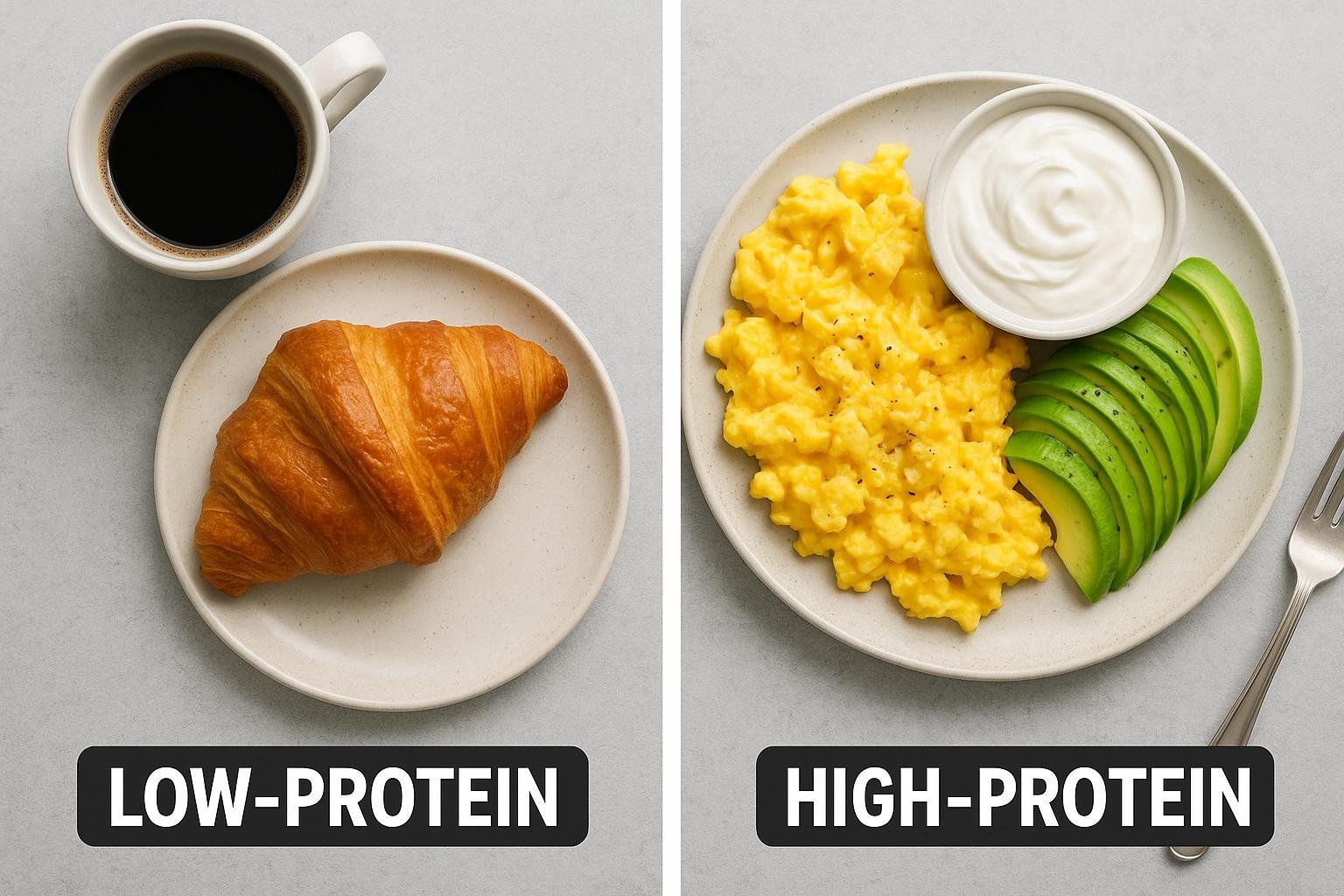
Frequently Asked Questions
Is heavy lifting bad for my joints? Performed with proper form and gradual loading, strength training improves joint stability and cartilage health. Machines and bands are joint-friendly tools while you master technique. For more ways to keep joints happy, see our guide on preventing workout injuries.

How long until I see results? Expect noticeable strength gains in 4–6 weeks and visible muscle changes in 8–12 weeks—especially if you track with DEXA. See How Long Does It Take to See Results From Strength Training?.
Do women need different programs? Core training principles apply to everyone, but hormonal shifts around menopause can affect recovery, bone density, and fat distribution. Women often benefit from slightly higher protein, more plyometrics for bone health, and diligent recovery strategies. See our Guide to Female Muscle Building for a deeper dive.
The Bottom Line
Age is no barrier to strength. Embrace progressive resistance training, protein-forward nutrition, and intentional recovery, and you’ll build muscle well past your 50th birthday.
Ready to begin building muscle after 50? Book your next DEXA scan and tackle week 1 today.
